TikTok has taken the social media world by storm, and with its massive user base and engaging format, it’s no wonder that businesses are flocking to the platform for advertising opportunities. But as with any marketing channel, the key question remains: what constitutes a good conversion rate for TikTok ads? In this comprehensive guide, we’ll dive deep into the world of TikTok advertising, exploring what makes for successful ad campaigns and how you can optimize your conversion rates for maximum ROI.
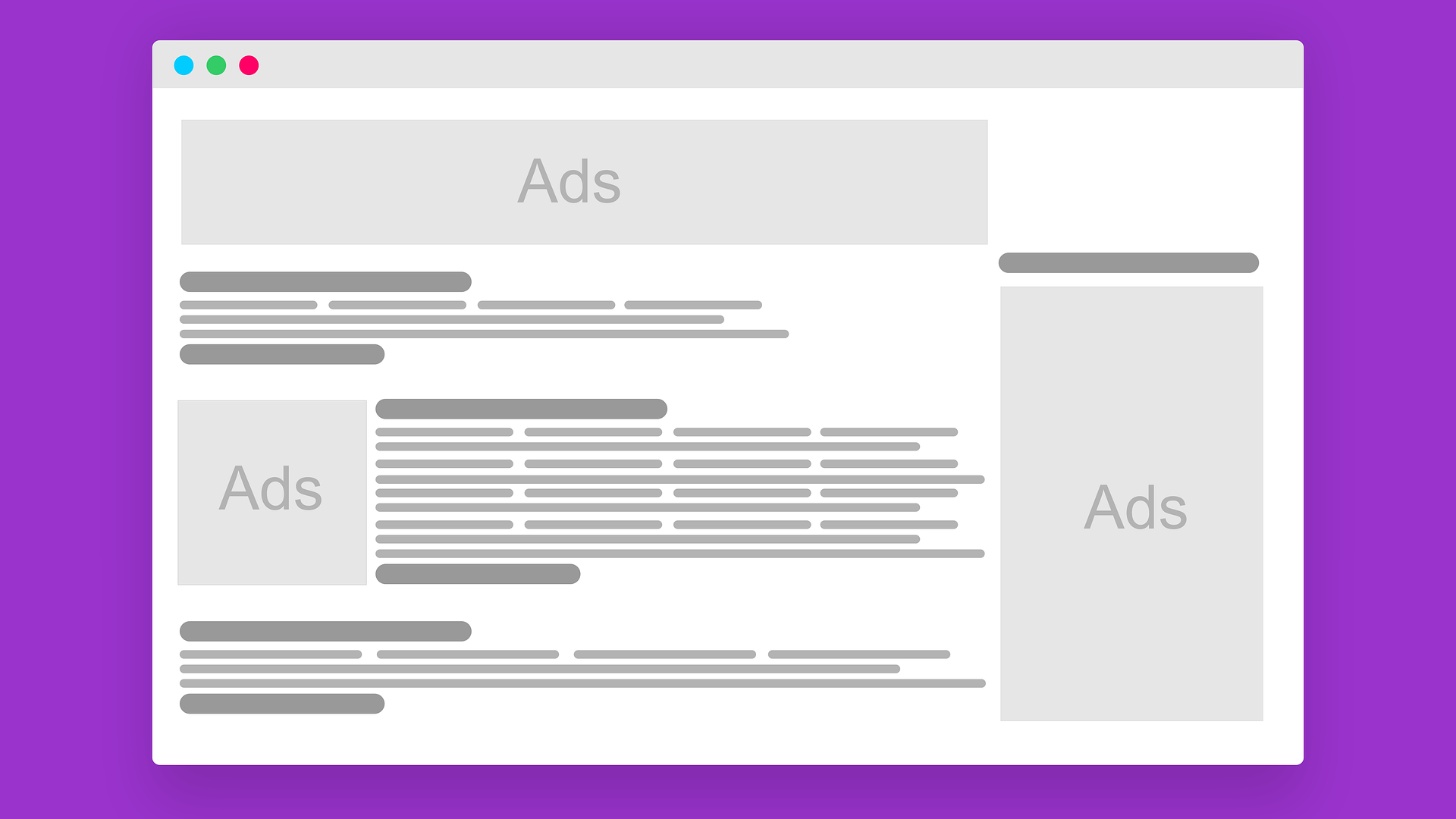
The Power of TikTok Advertising
TikTok’s meteoric rise has transformed it from a Gen Z playground to a marketing powerhouse. With over 1 billion active users worldwide, the platform offers unparalleled reach and engagement potential for businesses of all sizes. But tapping into this potential requires more than just creating catchy videos – it’s about understanding the nuances of TikTok’s unique ecosystem and how to craft ads that not only capture attention but drive real, measurable results.
TikTok advertising has become an essential component of many brands’ digital marketing strategies, and for good reason. The platform’s algorithm is designed to surface content that users are most likely to engage with, making it an ideal environment for advertisers looking to connect with their target audience. But with great potential comes great competition, and standing out in the crowded TikTok ad space requires a deep understanding of what drives conversions on the platform.
What is a TikTok Ad Conversion Rate?
Before we dive into what constitutes a good conversion rate, let’s first define what we mean by a TikTok ad conversion rate. Simply put, your conversion rate is the percentage of users who take a desired action after viewing or interacting with your ad. This action could be anything from making a purchase to signing up for a newsletter or downloading an app.
The formula for calculating your TikTok ad conversion rate is straightforward:
(Number of conversions / Total ad interactions) x 100 = Conversion Rate
For example, if your ad received 10,000 views and resulted in 100 purchases, your conversion rate would be 1%.
It’s important to note that what counts as a “conversion” can vary depending on your campaign goals. While sales are often the ultimate objective, other valuable actions like app installs, website visits, or email sign-ups can also be considered conversions, depending on your marketing strategy.
What’s Considered a Good TikTok Ad Conversion Rate?
Now, for the million-dollar question: what’s a good conversion rate for TikTok ads? The truth is, there’s no one-size-fits-all answer. Conversion rates can vary widely depending on factors like your industry, target audience, product or service, and the specific action you’re trying to drive.
That said, we can look at some general benchmarks to give you an idea of where you stand:
- According to various sources, the average TikTok ad conversion rate falls between 1% and 3%.
- Some industries may see higher rates, with top performers achieving conversion rates of 3% to 5% or even higher.
- Rates below 0.5% are generally considered poor and indicate that your campaign needs significant improvement.
It’s crucial to remember that these are just averages. Your “good” conversion rate might be higher or lower depending on your specific circumstances. The key is to establish your own baseline and continuously work to improve upon it.
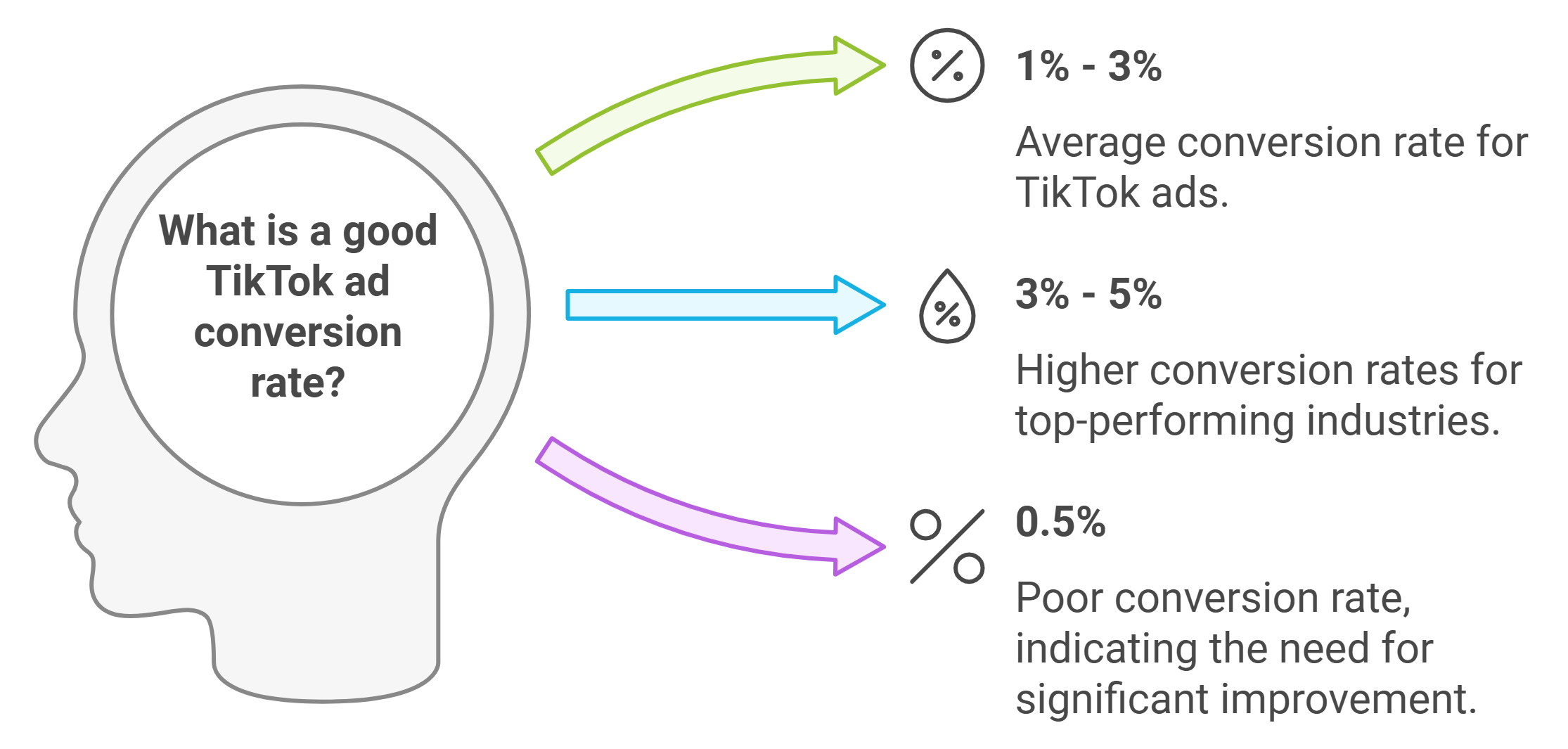
Factors Influencing TikTok Ad Conversion Rates
Several factors can impact your TikTok ad conversion rates. Understanding these can help you identify areas for improvement in your campaigns:
- Ad Quality: The creativity and relevance of your ad content play a huge role in driving conversions.
- Targeting: How well you’re reaching your intended audience can make or break your conversion rate.
- Landing Page Experience: Once users click through, does your landing page deliver on the ad’s promise?
- Offer Strength: Is your product or service compelling enough to drive action?
- Ad Placement: Where and how your ad appears within the TikTok ecosystem can affect its performance.
- Competition: The level of competition in your industry on TikTok can impact conversion rates.
- Seasonality: Some products or services may see fluctuations in conversion rates based on time of year.
- Ad Format: Different ad formats (e.g., In-Feed Ads, TopView, Branded Hashtag Challenges) may yield different conversion rates.

Strategies to Improve Your TikTok Ad Conversion Rate
Now that we understand what influences conversion rates, let’s explore some strategies to boost your TikTok ad performance:
1. Create Engaging, Native-Feeling Content at the right timing
TikTok users are accustomed to fast-paced, entertaining content. Your ads should feel native to the platform, not like intrusive marketing messages. Here’s how:
- Keep it short and sweet: Aim for 21-34 seconds, as TikTok data suggests this length performs best.
- Use trending sounds and music: Leverage popular audio to make your ad feel current and relatable.
- Embrace TikTok’s quirky style: Don’t be afraid to be fun, authentic, and even a little weird – it’s what TikTok users expect and enjoy.
- Tell a story: Use the beginning, middle, and end structure to keep viewers engaged throughout your ad.
2. Optimize Targeting and Ad Placement
Reaching the right audience is crucial for driving conversions. TikTok offers various targeting options:
- Interest targeting: Reach users based on their demonstrated interests and behaviors.
- Custom audiences: Retarget users who have already interacted with your brand.
- Lookalike audiences: Find new users similar to your existing customers.
Experiment with different targeting combinations to find what works best for your brand. Also, consider the placement of your ads. In-Feed Ads tend to have higher engagement rates, while TopView ads offer maximum visibility.
3. Implement Strong Calls-to-Action (CTAs)
Your CTA can make or break your conversion rate. Make it clear, compelling, and action-oriented:
- Use action verbs: “Shop Now,” “Learn More,” “Sign Up Today.”
- Create urgency: “Limited Time Offer,” “While Supplies Last.”
- Make it relevant: Ensure your CTA aligns with the ad content and your campaign goals.
- Test different CTAs: What works for one audience might not work for another.
4. Leverage User-Generated Content (UGC)
TikTok thrives on authenticity, and nothing feels more authentic than content created by real users:
- Encourage customers to create content featuring your product.
- Collaborate with TikTok creators for sponsored content that feels natural and relatable.
- Repurpose UGC in your ads to boost credibility and relatability.
5. A/B Test Your Ads
Continuous testing and optimization are key to improving your conversion rates:
- Test different ad creatives: Try various video styles, music choices, and messaging.
- Experiment with ad formats: Compare performance across In-Feed Ads, TopView, and other formats.
- Test targeting options: Try different audience segments to find your sweet spot.
- Analyze and iterate: Use TikTok’s analytics tools to understand what’s working and refine your approach.
6. Focus on Mobile Optimization
Remember, TikTok is a mobile-first platform. Ensure your entire conversion funnel is optimized for mobile:
- Create vertical videos that take up the full screen.
- Design landing pages that load quickly and are easy to navigate on mobile devices.
- Simplify your conversion process: The fewer steps, the better.
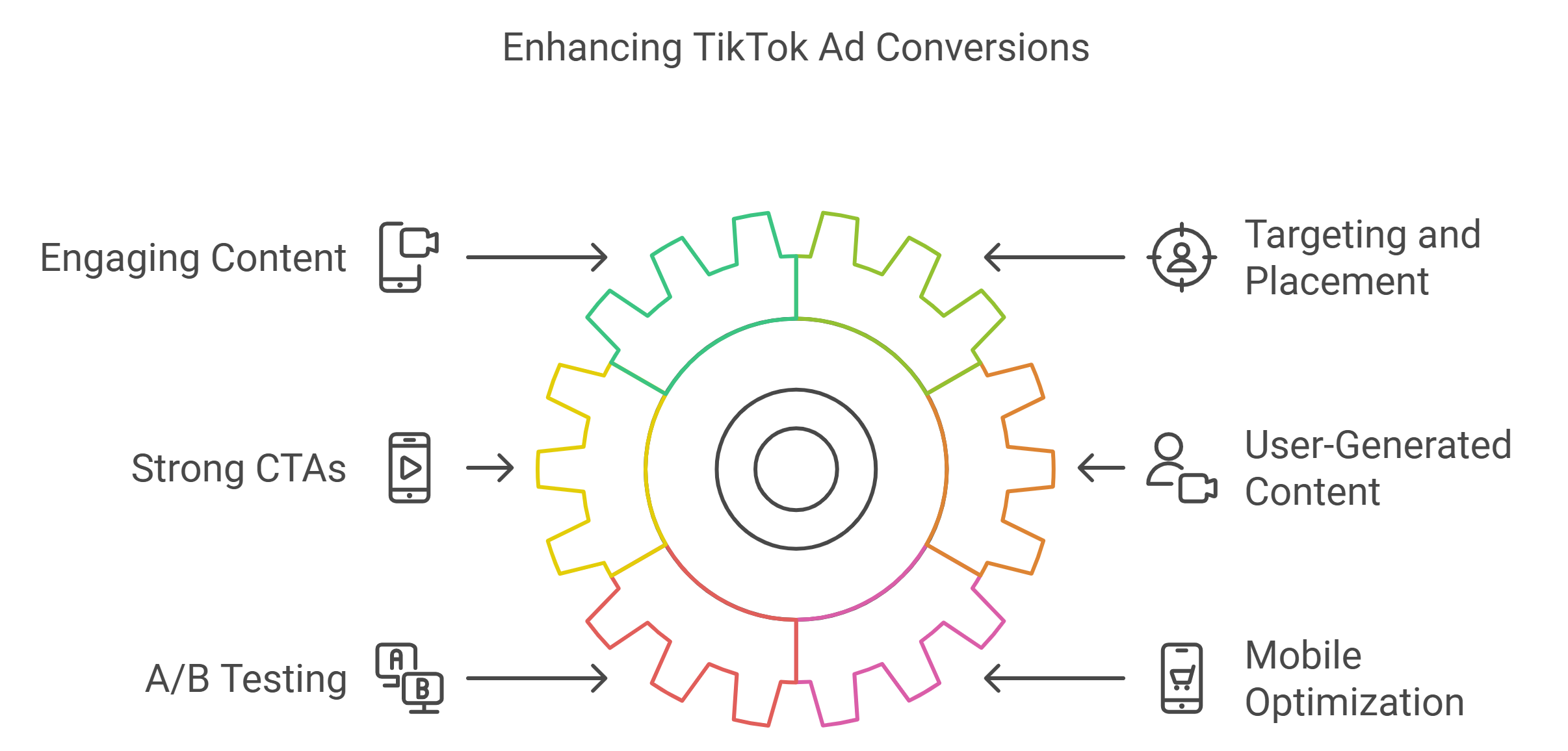
Industry-Specific TikTok Ad Conversion Rates
While general benchmarks are helpful, conversion rates can vary significantly by industry. Here’s a look at how some sectors perform:
- E-commerce: Often sees higher conversion rates, ranging from 2% to 5%, due to the direct nature of product advertising.
- Apps and Gaming: Can achieve high install rates, sometimes exceeding 5%, especially for free apps.
- B2B Services: Typically lower, often between 0.5% and 2%, as the sales cycle is longer and more complex.
- Beauty and Fashion: Often perform well, with rates between 1.5% and 4%, due to the visual nature of the products.
- Education: Can vary widely, from 1% to 3%, depending on the specific offer (e.g., free course vs. paid program).
Remember, these are general trends. Your specific niche and offering may perform differently. The key is to benchmark against your own historical performance and industry averages.
Common Challenges in Achieving Good TikTok Ad Conversion Rates
Even with the best strategies, you may encounter obstacles in optimizing your TikTok ad conversion rates:
- Ad Fatigue: TikTok’s fast-paced nature means users can quickly tire of seeing the same ad repeatedly. Solution: Regularly refresh your creative and use frequency capping to avoid overexposure.
- Misaligned Messaging: Your ad promise doesn’t match the landing page experience. Solution: Ensure consistency across your entire funnel, from ad to landing page to conversion.
- Poor Targeting: Reaching the wrong audience or casting too wide a net. Solution: Refine your targeting using TikTok’s detailed options and leverage first-party data when possible.
- Lack of Trust: Users are hesitant to convert because they’re unfamiliar with your brand. Solution: Use social proof, testimonials, and influencer partnerships to build credibility.
- Complex Conversion Process: Too many steps between the ad and the desired action. Solution: Streamline your conversion funnel, removing unnecessary steps and friction points.
Measuring and Analyzing Your TikTok Ad Conversion Rate
To improve your conversion rates, you need to measure and analyze your performance effectively:
- Set Up Proper Tracking: Use TikTok Pixel or work with a third-party attribution partner to accurately track conversions.
- Understand Your Metrics: Beyond conversion rate, look at metrics like click-through rate (CTR), cost per click (CPC), and return on ad spend (ROAS) for a complete picture.
- Use TikTok’s Analytics Tools: Leverage the platform’s built-in analytics to gain insights into ad performance and audience behavior.
- Segment Your Data: Break down your conversion rates by factors like audience segment, ad creative, and placement to identify top performers and areas for improvement.
- Set Realistic Goals: Based on your historical data and industry benchmarks, set achievable targets for improvement.
- Regular Reporting: Establish a routine for reviewing and reporting on your conversion rates to stakeholders.
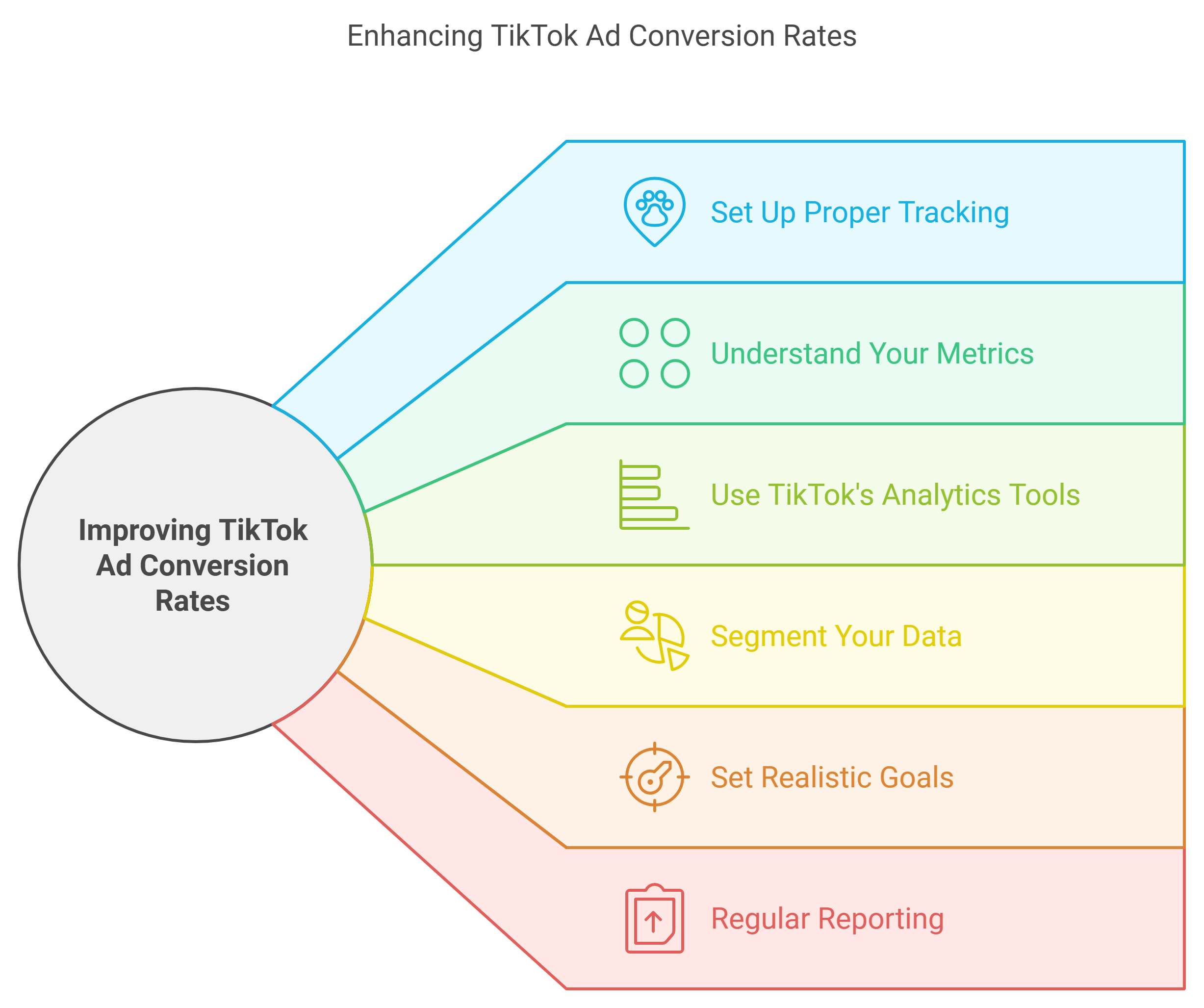
Future Trends in TikTok Advertising
As TikTok continues to evolve, so too will the landscape of advertising on the platform. Here are some trends to watch:
- Increased Focus on AR and Interactive Ads: TikTok is investing in augmented reality features, which could lead to more immersive and engaging ad experiences.
- Expansion of E-commerce Features: With the growth of TikTok Shop, expect more seamless integration between ads and in-app purchasing.
- Advanced AI-Driven Targeting: TikTok’s algorithm is likely to become even more sophisticated, offering advertisers more precise targeting options.
- Greater Emphasis on Creator Partnerships: As the creator economy grows, brands may shift more budget towards influencer collaborations and sponsored content.
- More Diverse Ad Formats: TikTok may introduce new ad types to cater to different advertiser needs and user preferences.
Staying ahead of these trends can help you maintain competitive conversion rates as the platform evolves.
Mastering TikTok Ad Conversions
Achieving good TikTok ad conversion rates isn’t about hitting a magic number – it’s about continually improving your performance and maximizing the return on your advertising investment. By understanding the factors that influence conversion rates, implementing proven strategies, and staying adaptable in the face of challenges and new trends, you can unlock the full potential of TikTok advertising for your brand.
Remember, what constitutes a “good” conversion rate will always be relative to your specific goals, industry, and historical performance. The key is to establish your baseline, set realistic targets for improvement, and consistently test and refine your approach. This is where Datech AdVista360‘s AI-powered analytics capabilities become invaluable, offering performance tracking and actionable insights across your campaigns.
TikTok’s unique blend of creativity, authenticity, and algorithmic prowess makes it a powerful platform for driving conversions. By leveraging AdVista360, you can craft engaging, native-feeling creatives according to the data, optimize your targeting and placement, and maintain a data-driven approach to improvement. The platform’s smart budget allocation with the use of different tables and creative performance analysis help ensure your campaigns not only meet but exceed your conversion goals.
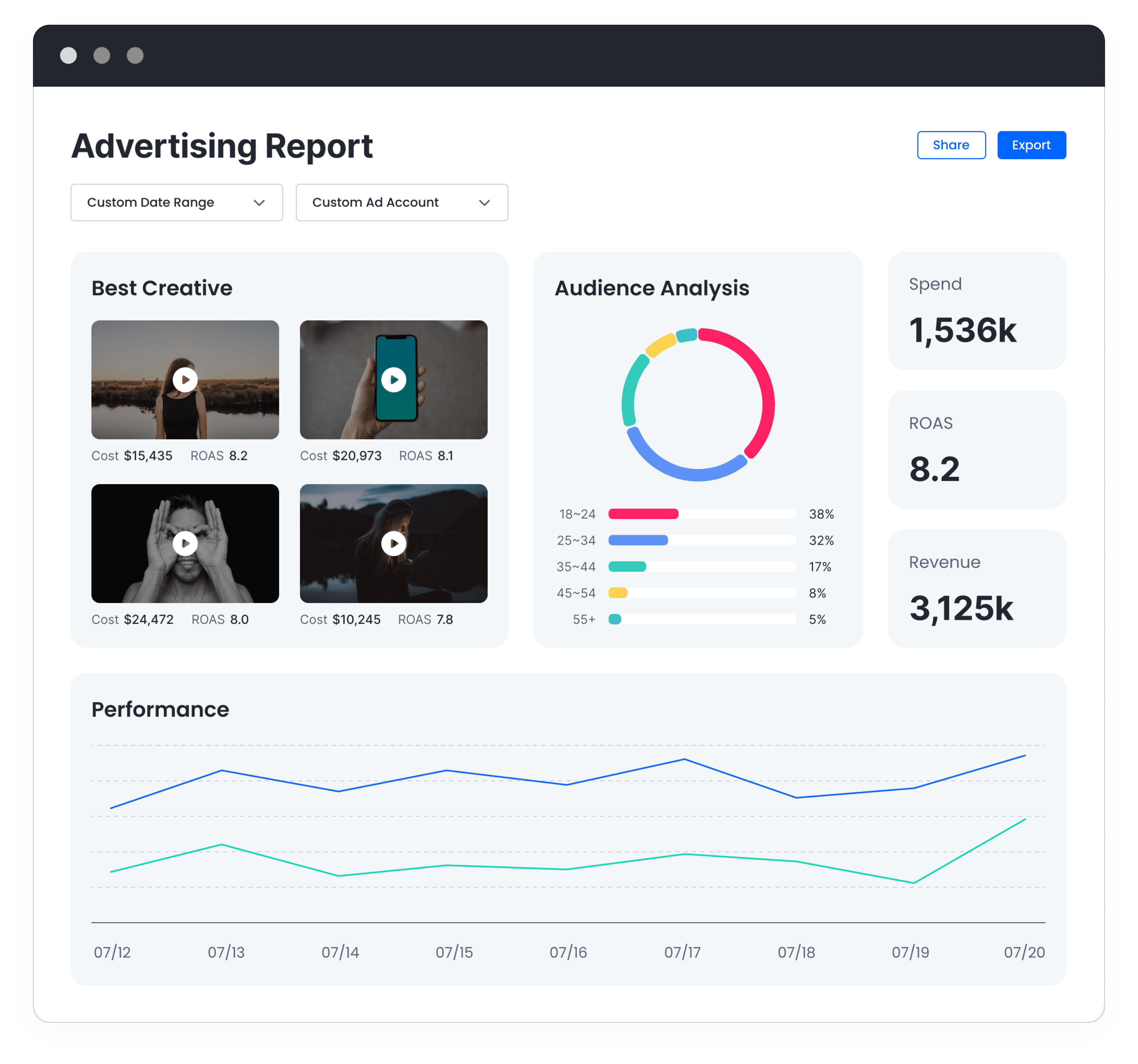
As you embark on your TikTok advertising journey, keep in mind that success often comes from a willingness to experiment, learn, and adapt. The platform’s dynamic nature means that what works today may not work tomorrow – but with persistence and creativity, you can stay ahead of the curve and turn TikTok into a conversion powerhouse for your brand.

Leave a Reply